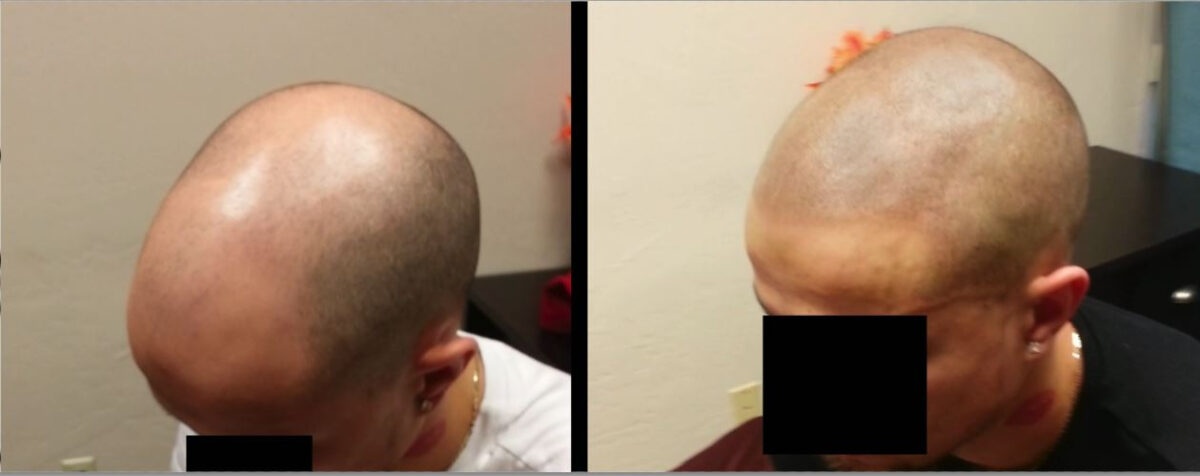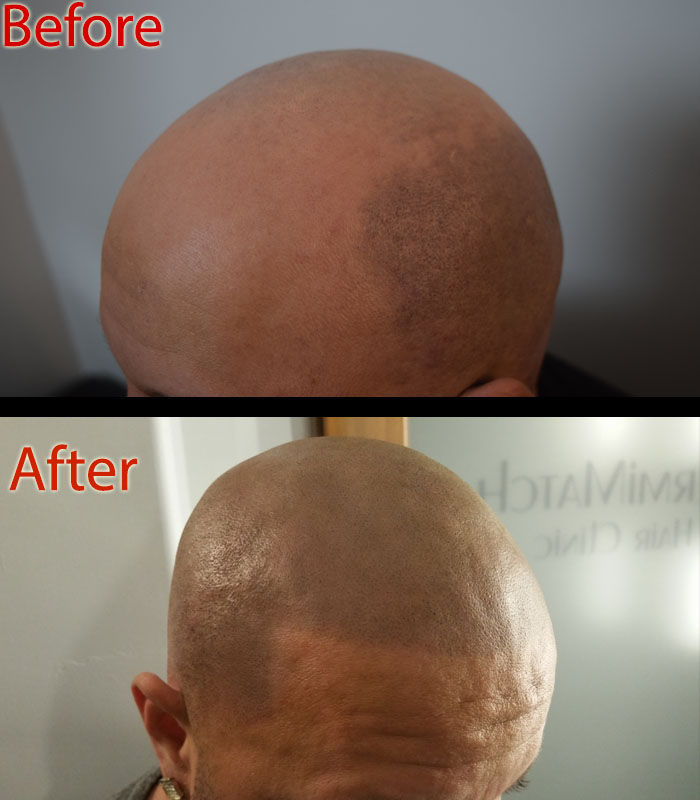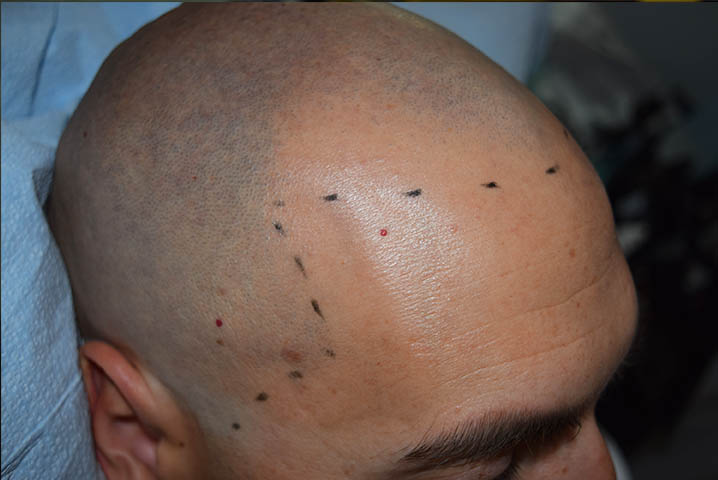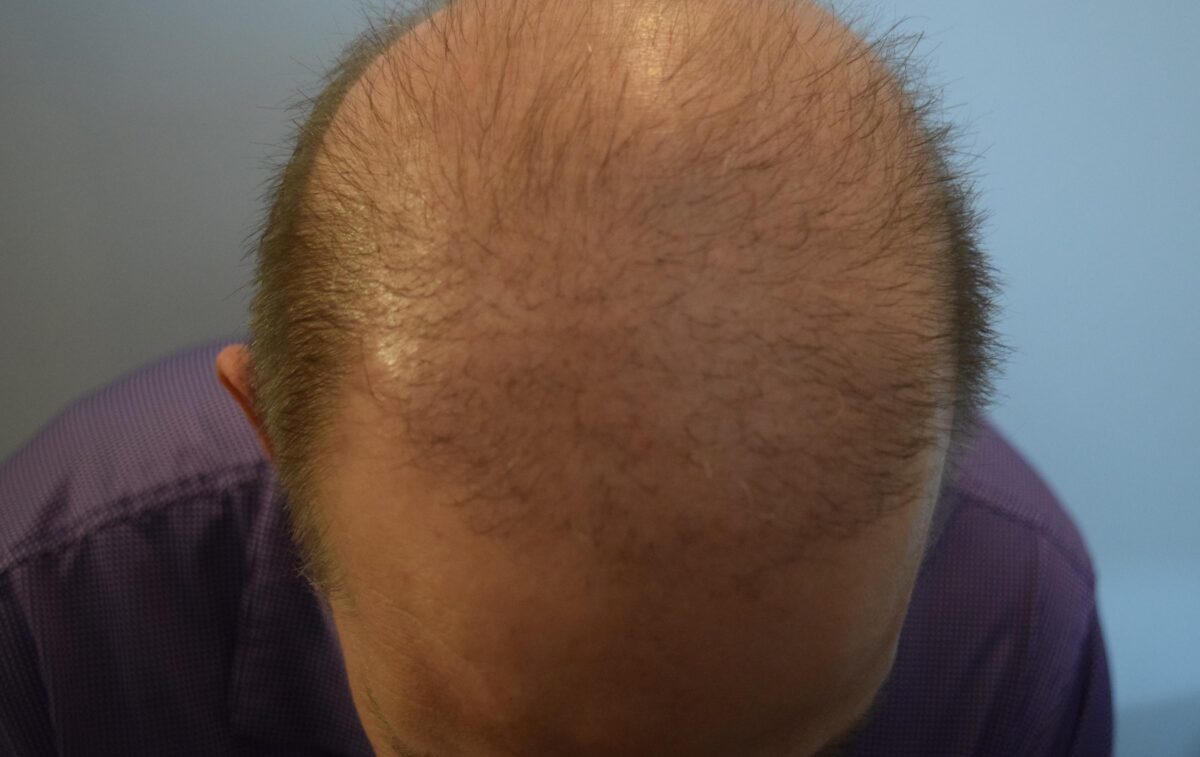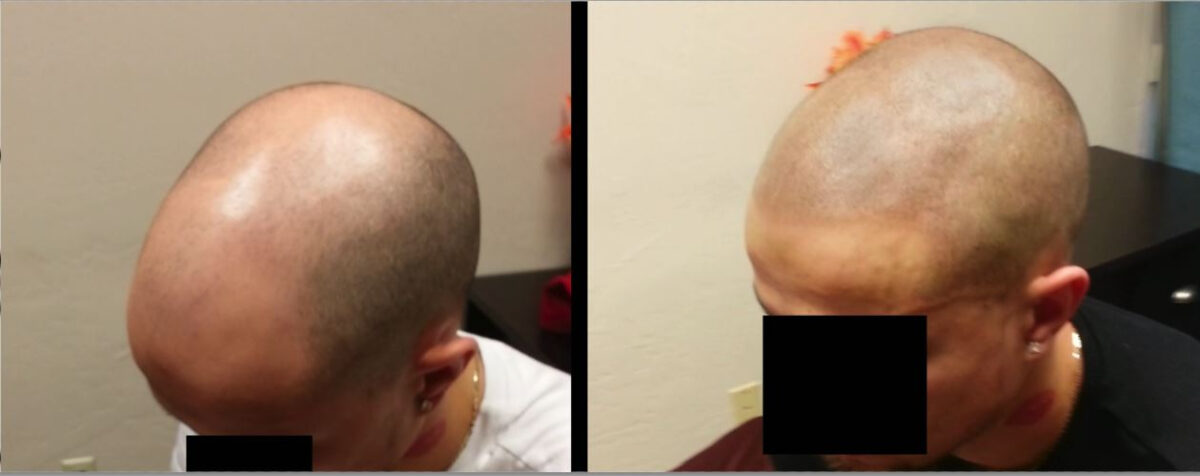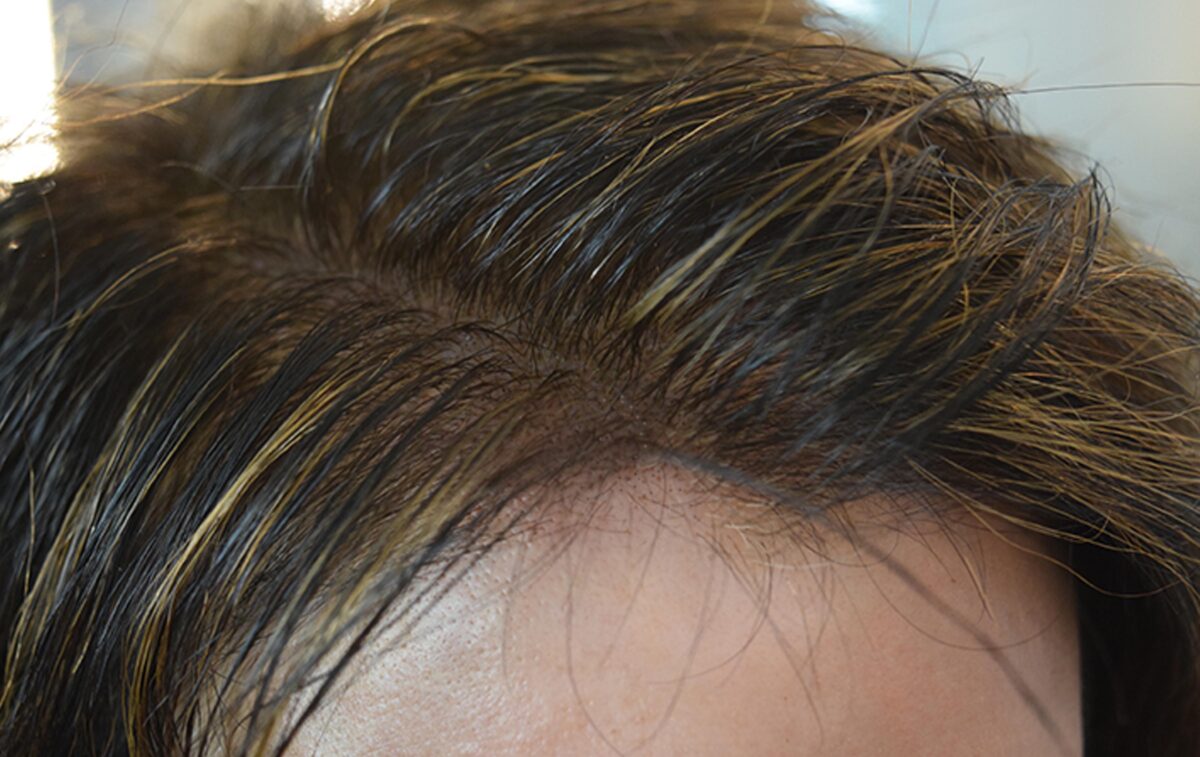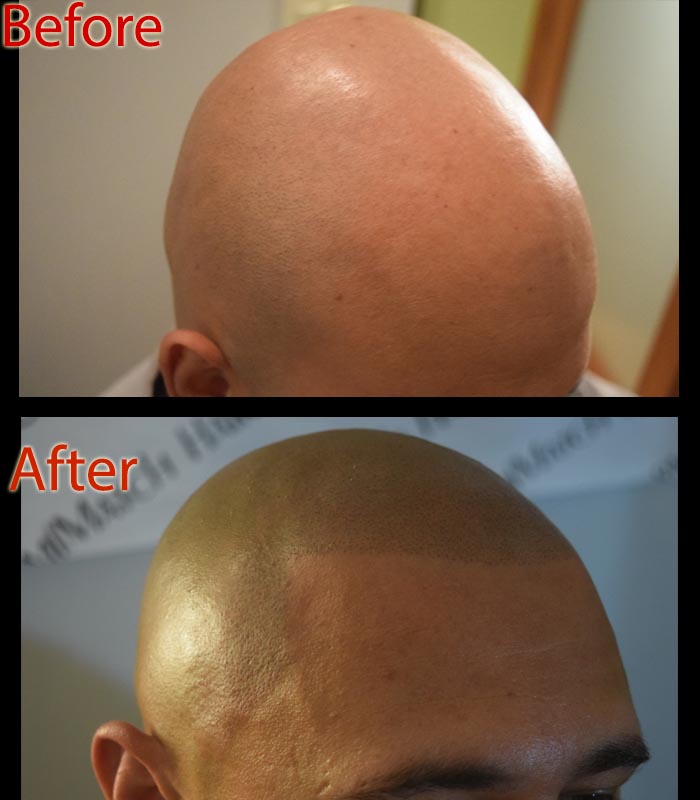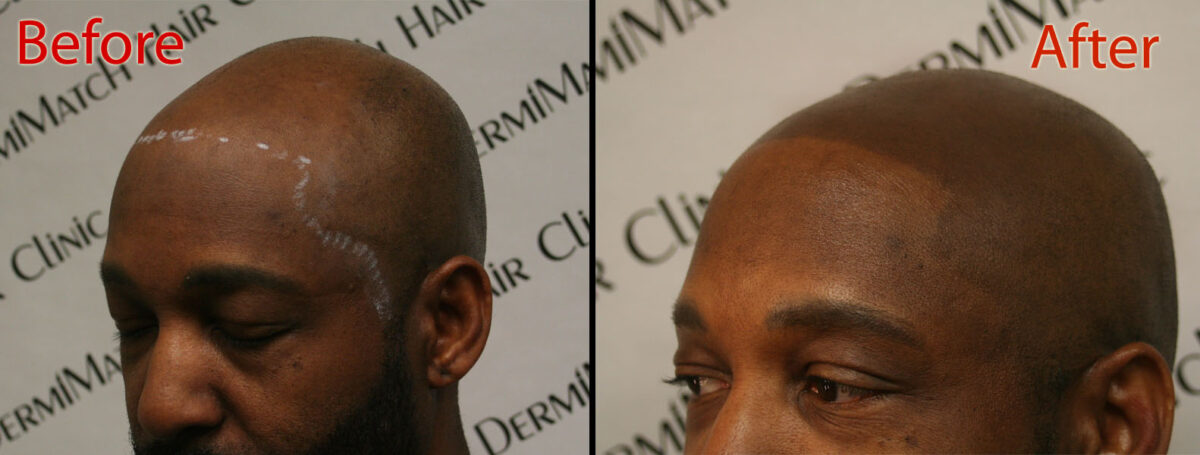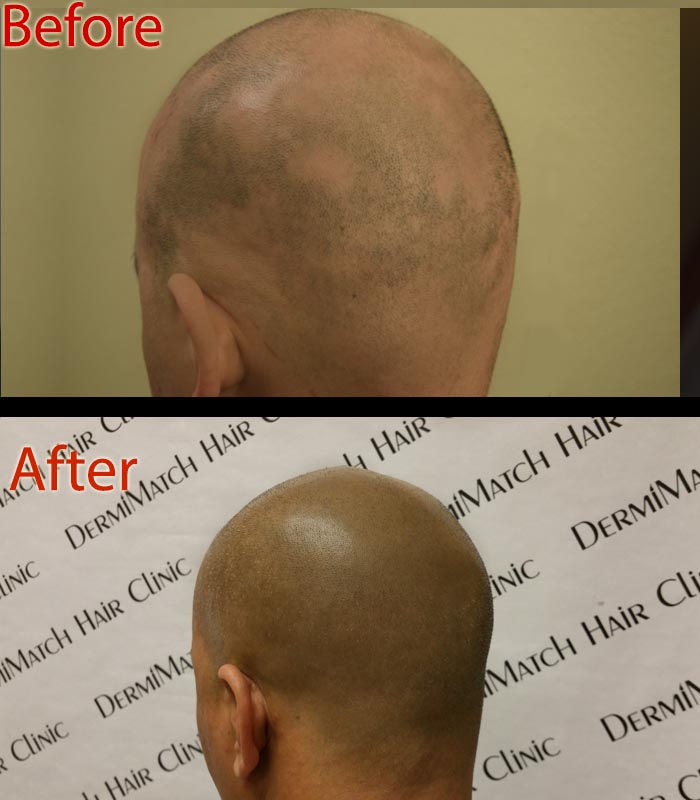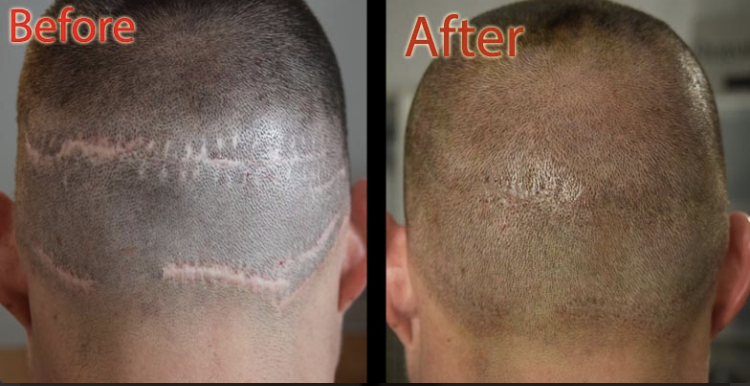Quite common among males, circular hair loss or clearly defined bald patches tell the tale of alopecia areata. Though hairless patches may be seen on any part of the body with hair, it becomes an eyesore when it becomes visible on the scalp. It begins with one area and may gradually expand into other parts. Bald patches are often the telltale signs.
Circular hair loss
Alopecia areata is the most common scientific name for circular hair loss among men and women. It was even known to Hippocrates. It has a long history, and the term first appeared centuries ago when foxes were affected by the condition.
What are the causes?
Alopecia areata is known as an autoimmune condition, where the immune system starts attacking its own hair follicles, considering them as foreign bodies. Its sole purpose is to destroy foreign elements. As a result, hair shedding starts, and the hair does not regrow in these patches. It is a genetic condition and could run in the family.
In some people, the hair never grows back, but in some people, there is still a possibility of hair growth. But in that case, it is likely to be very thin and white. You cannot expect the pigment to return.
Circular hair loss treatment
Unfortunately, there is still not much evidence to prove the science behind the sudden immune reaction against hair roots. As a result, it is the treatment for the same is tough. Some doctors choose to treat the condition with cortisone under the skin, though it may be risky if it is injected deeper.
Long-term treatment for circular hair loss
There’s no one solution to alopecia areata nor is there a guarantee that hair will grow back. A hair transplant is not the right treatment for circular hair loss, as the immune system will continue to attack hair roots, resulting in hair shedding.
The only long-term way to treat alopecia areata is to hide the bald patches with scalp micropigmentation. During the procedure, the SMP practitioner applies pigments to the bald area to create the appearance of fuller hair. The goal of scalp micropigmentation is to create a natural appearance so it looks realistic with a stylish close-shaven look. With SMP, people suffering from alopecia areata can get a confidence boost as the procedure is permanent and helps improve physical appearance by hiding thinning hair, bald patches, or a receding hairline.
Is SMP the Best Treatment
Scalp micropigmentation can even work as an excellent solution for scar camouflage.
When performed by a skilled scalp practitioner, SMP dots are of the same as the average size of human hair. It is an excellent solution for advanced hair loss. People with circular hair loss may see a positive change in their looks and appearance with professional scalp micropigmentation. Getting help from a top scalp practitioner can solve your circular hair loss woes. Connect with the best Arizona scalp micropigmentation specialists at DermiMatch Clinic and restore your looks and self-confidence. The time to get help is now!

